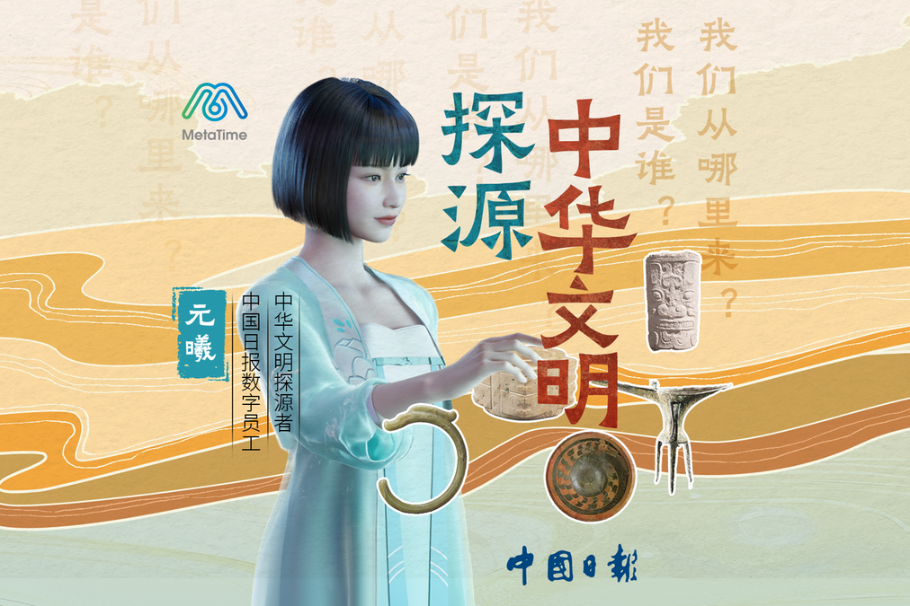Ancient Qiuci Alley winds its way to modern prosperity
Two-year renovation project has engaged locals, boosted civic pride, empowered women


Alley reborn
Kuqa, located in Asku prefecture, was known as Qiuci State in ancient times. The city-state, which came into being in the second century BC and existed for more than 1,000 years, was one of 36 states in the Western Regions, a term used during the Han Dynasty (206BC-220AD) for the areas west of the Yumen Pass, including present-day Xinjiang and parts of Central Asia.
As a nationally recognized historical and cultural city, Kuqa boasts abundant cultural and tourism resources.
Qiuci Alley, located in Sakesake subdistrict, is the best-preserved block in Kuqa's old town that retains the street layout from the late Qing Dynasty (1644-1911) and the Republic of China (1912-1949).
Walking along the 1.2-kilometer alley, tourists are captivated by brightly colored doors adorned with intricate patterns, diamond-shaped lattice windows, walls decorated with porcelain plates, ancient courtyards, and roadside flowers.
But two years ago, it was a place of bumpy paths, crumbling walls, and piles of debris and garbage. Most of the houses in the alley were made of timber and earth and in a state of disrepair.
The renovation project aimed to clear debris, level the roads, and beautify the streets. Instead of demolishing structures, however, basic infrastructure such as water and electricity was improved and the original buildings were preserved.
Over 4,000 residents participated in the renovation work. They volunteered to help and donated cherished belongings such as dishes and bicycles to decorate the alley, said Yang Tingting, publicity officer of the Sakesake subdistrict.
"Before the renovation, the road was bumpy and there weren't any streetlights," Abudulkadeer recalled. "I didn't even dare go out. Now, the road is smooth, and there are lights and even decorations. The environment is so much better and more tourists are coming to my teahouse."























